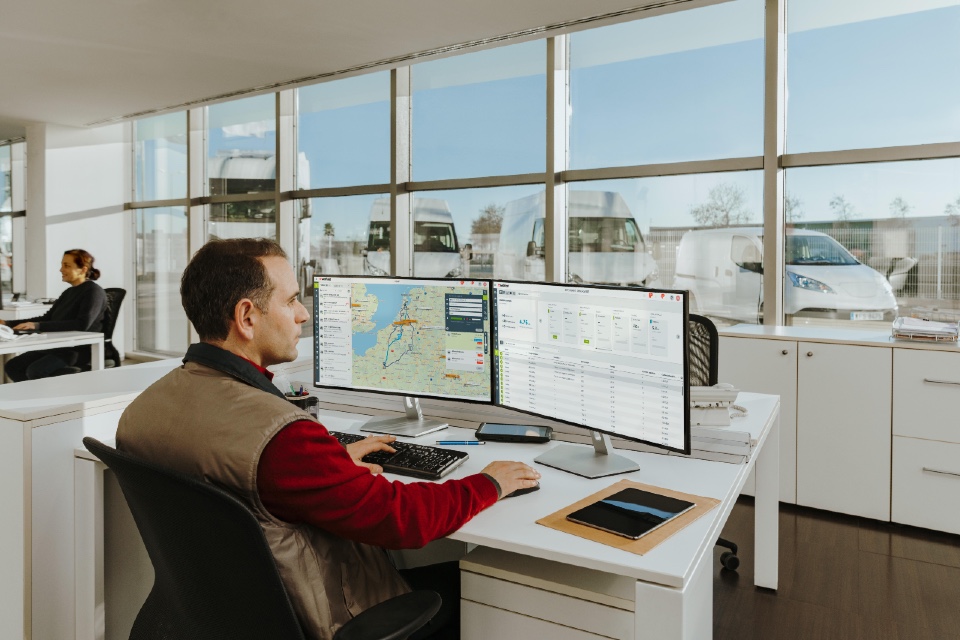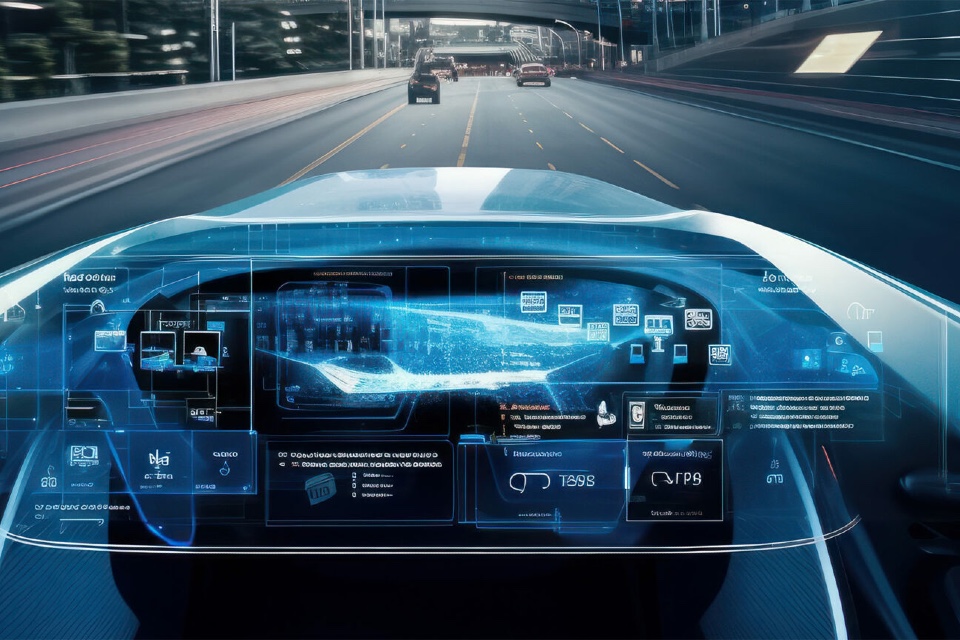Fleet managers believe AI can play crucial role in making roads safer – research

Real-time driver alerts and assistance powered by artificial intelligence (AI) are being recognised as key to improving fleet safety, with 69% of UK fleet operators identifying them as AI’s most promising application. That’s according to a new study conducted by Webfleet and video telematics partner Lytx, which surveyed 200 UK fleet decision-makers. More than two-thirds (68%) highlighted AI’s role in analysing telematics data […]
THE WHICHEV VIEW: Stellantis buys in Ai technologies to improve EV experience

Stellantis, a global automotive giant, has taken a significant step towards enhancing its electric vehicles’ driving experience by acquiring key artificial intelligence (AI) technologies and intellectual property (IP) from CloudMade, a company known for its innovative big data-driven automotive solutions. This move is aimed at bolstering the mid-term development of the STLA SmartCockpit and aligns […]
Ford and Hermes partner on autonomous delivery vehicles

Ford has announced a new Self-Driving Vehicle Research Programme designed to help businesses in Europe understand how autonomous vehicles can benefit their operations. Hermes is the first business to partner with Ford on the programme. Using a customised Ford commercial vehicle, the research aims to better understand how other road users would interact with an […]
AI likely to be used to identify common fleet documents

The first widespread use of artificial intelligence in fleet management is likely to be to identify common documents. That’s according to Neil Avent, IT director at FleetCheck, who explained that AI was good at looking for patterns within clearly defined boundaries, so would work well for this kind of task. “The important factor to understand […]
Motorola splashes $445m on AI license plate tracking specialist

Motorola Solutions has paid $445 million for VaaS International Holdings (VaaS), which provides global data image analytics for vehicle location. The deal includes a combination of cash and equity. VaaS’s image capture and analysis platform, which includes fixed and mobile license plate reader cameras driven by machine learning and artificial intelligence, provides vehicle location data to public safety […]


